
- Company
- Services
- UI/UX Design Services
- Microsoft Dynamics 365
- Mobile App Development
- AI Software Development
- Web App Development
- Generative AI Development
- Digital Product Development
- Enterprise Mobility
- SaaS Application Development
- Application Integration
- White-label WP Maintenance
- ERP Software Solutions
- Software Testing
- Offshore Development Center
- Let’s Connect
- Trending
- Technology
- Industry
- Build Your Team
- Our Work
- Company
- Services
- UI/UX Design Services
- Microsoft Dynamics 365
- Mobile App Development
- AI Software Development
- Web App Development
- Generative AI Development
- Digital Product Development
- Enterprise Mobility
- SaaS Application Development
- Application Integration
- White-label WP Maintenance
- ERP Software Solutions
- Software Testing
- Offshore Development Center
- Let’s Connect
- Trending
- Technology
- Industry
- Build Your Team
- Our Work
We use cookies and similar technologies that are necessary to operate the website. Additional cookies are used to perform analysis of website usage. please read our Privacy Policy
Staff Augmentation vs Managed Services: Which is Right for You?
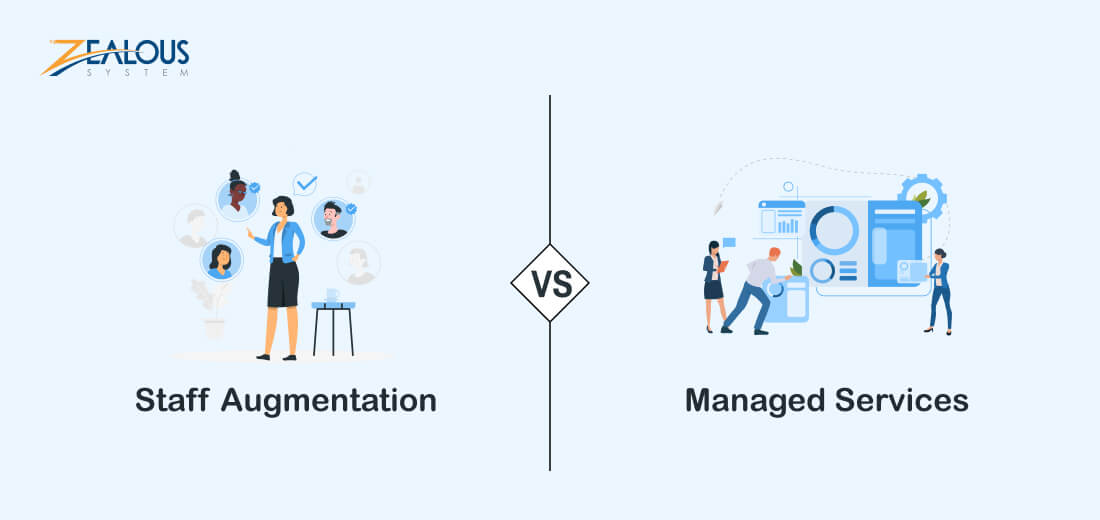
Employees are the backbone of any business. In today’s world, companies have more choices than ever when it comes to hiring. Thanks to latest technology updates and the growing popularity of remote work, businesses aren’t limited to just their local talent pool anymore; they can now reach out to skilled professionals from all around the globe.
And guess what? When business owners collaborate with IT staff augmentation companies, they quickly realize the vast array of options available to them. The leap forward in technology and the flexibility of working from anywhere mean that they’re no longer tied down by geographical boundaries, opening up a world of global talent.
An increasing number of companies are turning to outsourcing for critical tasks and project development. According to a report by Precedence Research, the global outsourcing market is valued at over $708.84 billion and is expected to grow significantly by 2032. This presents a dilemma for IT leaders, such as project managers and Chief Technology Officers (CTOs), who are weighing their options between staff augmentation and managed services for outsourcing.
These outsourcing models are designed to help businesses overcome talent shortages without the need to build a full in-house team. Moreover, they offer the practical benefits of IT outsourcing, such as overcoming time zone differences, saving costs, and fostering technological innovation.
While IT staff augmentation and managed IT services might seem similar at first glance, they are distinct outsourcing strategies, each with its own benefits and challenges. In this comparison of staff augmentation versus managed services, we aim to help you determine which option best suits your company’s needs.
What is IT Staff Augmentation?
Staff augmentation is a flexible hiring strategy that allows businesses to bring in external developers on a temporary basis to boost the skills of their current team. This approach opens the door to a wide range of expertise, from local to international talents, making it easier to scale teams up or down as needed.
In the IT industry, staff augmentation can touch on various areas, such as coding, enhancing processes, and ensuring the quality of projects. It’s an effective way to tackle specific challenges, bridge gaps in skills, stick to budgets and timelines, solve technical issues, and accelerate the launch of products. It stands out from managed services by offering a targeted solution rather than a broad, comprehensive package.
This model is not only cost-effective but also adds a layer of flexibility for companies. It acts as a short-term approach that optimizes the use of existing teams and resources. By tapping into external expertise, businesses can reduce operational costs while still benefiting from top-notch skills and knowledge.
Pros of IT Staff Augmentation
IT staff augmentation offers several advantages that make it an appealing strategy for businesses looking to expand their capabilities without the long-term commitment of hiring new full-time employees. Here look out the pros of IT Staff Augmentation:
Streamlining Recruitment Efforts
With staff augmentation, the burden of sourcing and hiring the right candidates shifts to the service providers. This means you save significant time, effort, and money that would otherwise be spent on the recruitment process, allowing you to concentrate on selecting the talent you want to work with.
Adaptable Team Size
Staff augmentation offers the flexibility to adjust your team’s size according to the project’s demands. Whether you need to address skill gaps quickly or manage unexpected staff shortages during a project, you can easily scale your team. You retain ultimate control over hiring decisions, including who joins your team and for how long.
Seamless Team Integration
Augmented staff typically integrate into your existing team without much delay. Since they’re joining temporarily, it also allows for closer monitoring of their contributions and performance.
Complete Control over the Project
With IT staff augmentation, you maintain complete oversight of your project. This includes the project timeline, execution methods, and crucially, the quality of the output. There’s no need to alter your workflow or replace any system components. The project manager’s primary focus remains on ensuring quality and timely delivery.
Cost-effective Access to Specialized Skills
When your software project demands specific expertise, staff augmentation can quickly fill those skill gaps. This strategic approach allows you to stay ahead of competitors by developing cutting-edge products and offering superior services, all while keeping costs in check.
Minimized Risks
Choosing staff augmentation significantly lowers operational risks by eliminating the commitments and liabilities associated with full-time employment contracts, such as long-term employment contracts and employer obligations.
Cons of IT Staff Augmentation
Every coin has two sides. Let’s take a look at some of the cons of IT staff augmentation.
1. Need for Training
Integrating additional staff into your projects isn’t without its hurdles. These employees will need to be brought up to speed on your organization’s internal processes and culture. This orientation period can be time-consuming, potentially delaying your project’s progress.
2. Risk of Over-Dependence
While staff augmentation offers numerous benefits, there’s a risk of becoming too reliant on this approach, especially if you’re using a single third-party provider. Such dependence could lead to a lack of in-house expertise, posing challenges once the augmented staff’s contracts conclude.
3. Uncertainty of Availability
The success of staff augmentation partly hinges on the availability of the right talent at the right time. Despite agencies’ efforts to maintain a robust talent pool, there may be instances when the specific skills you need aren’t immediately available, introducing a risk factor to project timelines.
4. Integration Challenges
Welcoming new team members often means a temporary dip in productivity. As these individuals adjust to the nuances of your business and team dynamics, you might notice a short-term impact on your team’s overall efficiency.
What is Managed Services?
Managed services is a business strategy where companies outsource certain operations to specialized firms, known as Managed Services Providers (MSPs). This approach can cover a broad spectrum of services, from cybersecurity and data migration to database management and software development.
In this setup, the MSP works independently from the client’s internal IT team. They propose a plan that outlines the costs and expected timeline for the project. Once the client gives the green light, the MSP begins work, keeping in touch with the client to provide updates and coordinate efforts.
One of the key advantages of using managed services is cost savings. Companies can reduce overhead, cut down on HR tasks, and simplify resource management. This setup frees businesses to concentrate on their main objectives, with the MSP keeping them informed about progress, eliminating the need for constant oversight of the outsourced activities.
Pros of Managed Services
Managed services offer a comprehensive range of benefits, from optimizing IT operations to reducing risks. This is reflected in the booming global market for managed services, which is expected to grow at a CAGR of 7.9%, reaching a staggering $354.8 billion by 2026. Let’s have a quick look on the pros of managed services:
Streamlined Onboarding
Forget about the hassle of training or onboarding. Your managed services provider comes fully equipped with a dedicated project manager and a self-sufficient team focused on delivering top-notch results.
Enhanced Operational Focus
Differing from staff augmentation, managed services allow you to step back from the intricacies of the development process. Simply outline your requirements, and then direct your energy towards other critical business endeavors, like driving revenue and boosting sales.
Continuous Monitoring
Your provider closely monitors the project, ensuring all necessary tools and resources are at the ready. The managed services organization takes the lead on risk assessment and project planning, guaranteeing a smooth execution.
Assured Results
Managed IT services come with a Service Level Agreement (SLA) that outlines project specifics, including scope and timeline. Providers are committed to fulfilling these terms to ensure satisfaction and uphold their reputation.
Time Savings
This approach frees up your schedule. Once you’ve outsourced your needs to a managed services provider, you can focus on your business’s growth and future strategies, rather than getting bogged down with project minutiae.
Efficient Management
The provider not only oversees the project but also gets familiar with your business processes and needs, ensuring everything runs smoothly. By identifying potential risks and crafting a strategic plan, they handle the development, execution, and project management.
Cost Efficiency
When compared to other outsourcing models, managed services stand out for their cost-effectiveness. They offer access to a team of skilled professionals, equipped with the latest technology and resources, at a fraction of the cost. This pay-for-what-you-use model keeps expenses predictable and manageable, without overburdening your budget.
Cons of Managed Services
While managed services offer numerous benefits, there are also some disadvantages to consider when deciding if this model is right for your organization. Here’s a look at some of the potential cons:
Loss of Control
When you outsource operations to a managed services provider (MSP), you might find that you have less control over those specific functions. This can be challenging for organizations that prefer to keep a close eye on all aspects of their operations.
Dependency on the Provider
Relying on an MSP for critical services can lead to dependency, making it difficult to bring those services back in-house or switch to another provider without significant disruption.
Mistakes in Outsourcing Critical Processes
Outsourcing processes that demand a high level of proprietary knowledge or are unique to your organization might not be the best fit for managed services. This approach can lead to knowledge loss and potentially result in becoming too dependent on the service provider.
Ineffective Retained Organization Structure
Achieving effective management involves overseeing the service provider without micromanaging—aim for a “hands-off, eyes-on” approach rather than the other way around. Letting specialists handle the operations while maintaining strategic oversight ensures efficiency without losing control.
Long-term Contracts and Flexibility
Many MSPs require long-term contracts, which can reduce your flexibility to change providers or bring services back in-house based on changing business needs or dissatisfaction with service levels.
IT Staff Augmentation vs Managed Services: Key Differences
| Pointers | IT Staff Augmentation | Managed Services |
| Purpose | Supplementing existing workforce | Outsourcing IT management and support |
| Key Benefits |
|
|
| Key Cons |
|
|
| Control and Management | Organization retains control | Service provider manages and maintains |
| Flexibility | Significant, given the flexibility to adjust team size based on project needs. Scaling may necessitate contract adjustments or extra fees, depending on the agreement. |
Scaling may necessitate contract adjustments or extra fees, depending on the agreement. |
| Resource Ownership | Resources work under organization’s direction | Service provider manages resources |
| Agreements | Designed for short-term or specific projects, with options to extend if necessary. | Typically extensive and long-lasting, addressing various facets of a company’s IT requirements. |
| Billing | Charges are applied according to the time dedicated to the project, typically on a biweekly basis. | Charged via retainer, usually on an annual basis. |
| Knowledge Transfer | Facilitates knowledge transfer | Depend on external expertise |
| Approach | Reactive approach | Proactive monitoring and management |
| Costs | The expense of employing software developers fluctuates, depending on the length of the project. | Costs are predictable, structured around subscription models. |
| Time-Period | Short-term projects or specific needs | Long-term partnerships, ongoing |
| Hiring Process | Include recruitment and onboarding | Service provider handles hiring process |
| Service Level Agreements (SLAs) | Individual agreements with augmented staff | SLAs defines performance and service level metrics |
| Communication | Direct Communication | Through vendor’s PM |
| Risk Mitigation | Organization assumes the risks linked to the performance of resources | Service provider co-manages the task of reducing risk |
| Infrastructure | Depends on organization’s existing infrastructure | Service provider handle infrastructure |
Conclusion
Both IT staff augmentation and managed services offer valuable means to acquire the necessary skills and support for achieving ambitious organizational goals. The choice between them hinges on numerous considerations, such as company aims, existing skills, financial constraints, operational preferences, and future strategies. Frequently, outsourcing vendors can assist prospective clients in identifying the most suitable service or combination thereof for their specific context.
Unsure about the optimal choice for your project or team? Our experts are dedicated to guiding you towards the most beneficial approach for your requirements. We encourage you to contact us for a free consultation without any commitment. We’re eager to discuss your needs.
Read Also:
We are here
Our team is always eager to know what you are looking for. Drop them a Hi!
Pranjal Mehta
Pranjal Mehta is the Managing Director of Zealous System, a leading software solutions provider. Having 10+ years of experience and clientele across the globe, he is always curious to stay ahead in the market by inculcating latest technologies and trends in Zealous.
Table of Contents
×

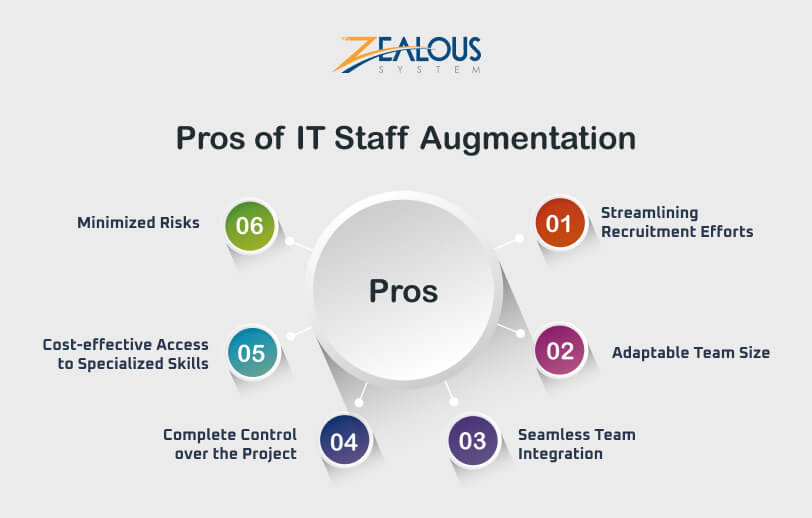
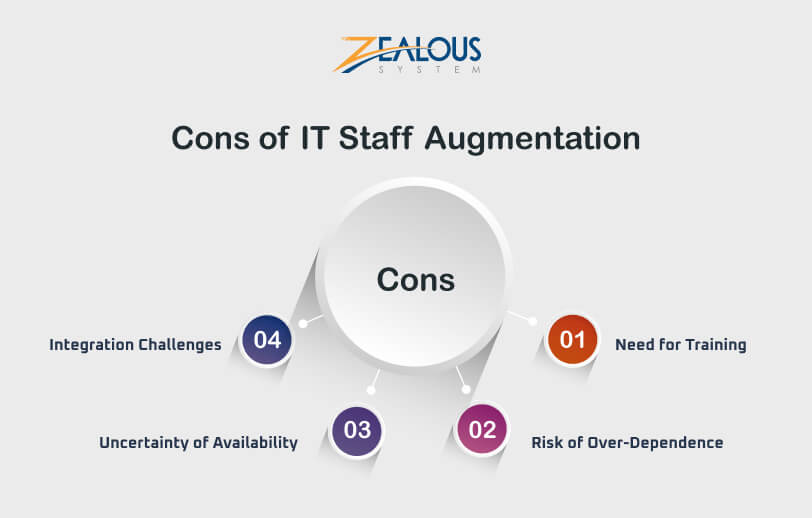
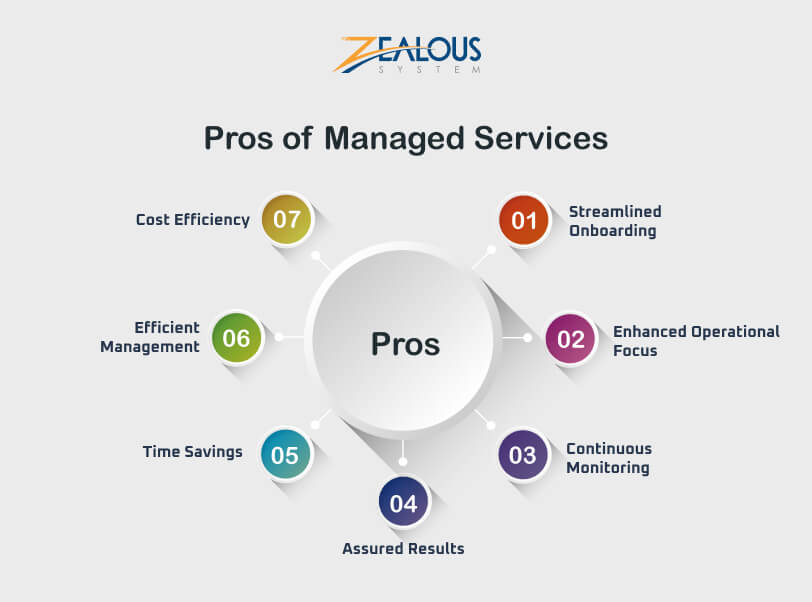
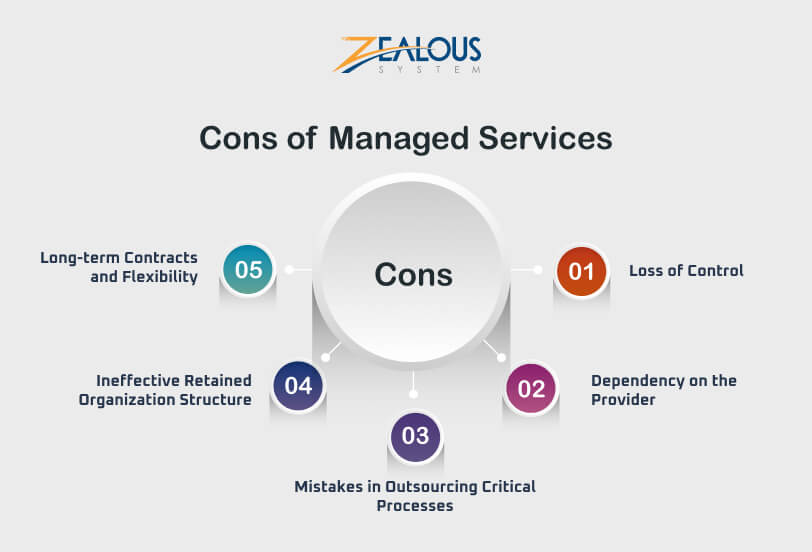
Comments